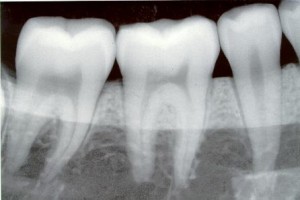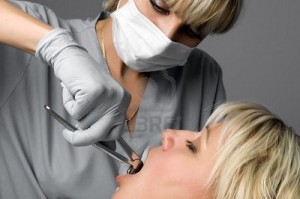WORKING LENGTH DETERMINATION
In detail endodontic procedure primarily consists of
-        Access preparation –LA in vital
-Â Â Â Â Â Â Â Â Pulpectomy
-Â Â Â Â Â Â Â Â Working length X-ray
-Â Â Â Â Â Â Â Â Biomechanical preparation (cleaning and shaping)
Chemo-mechanical preparation disinfection
Obturation



